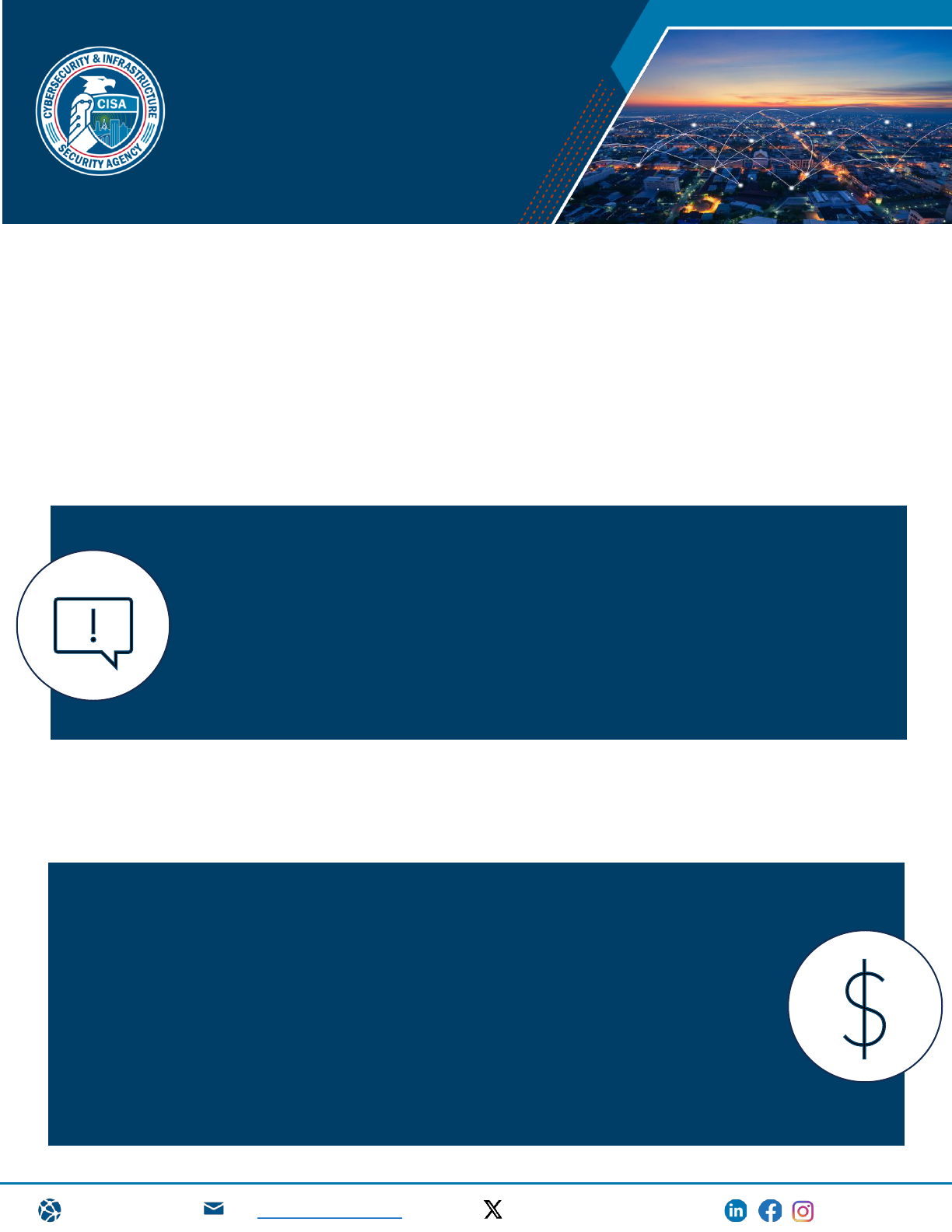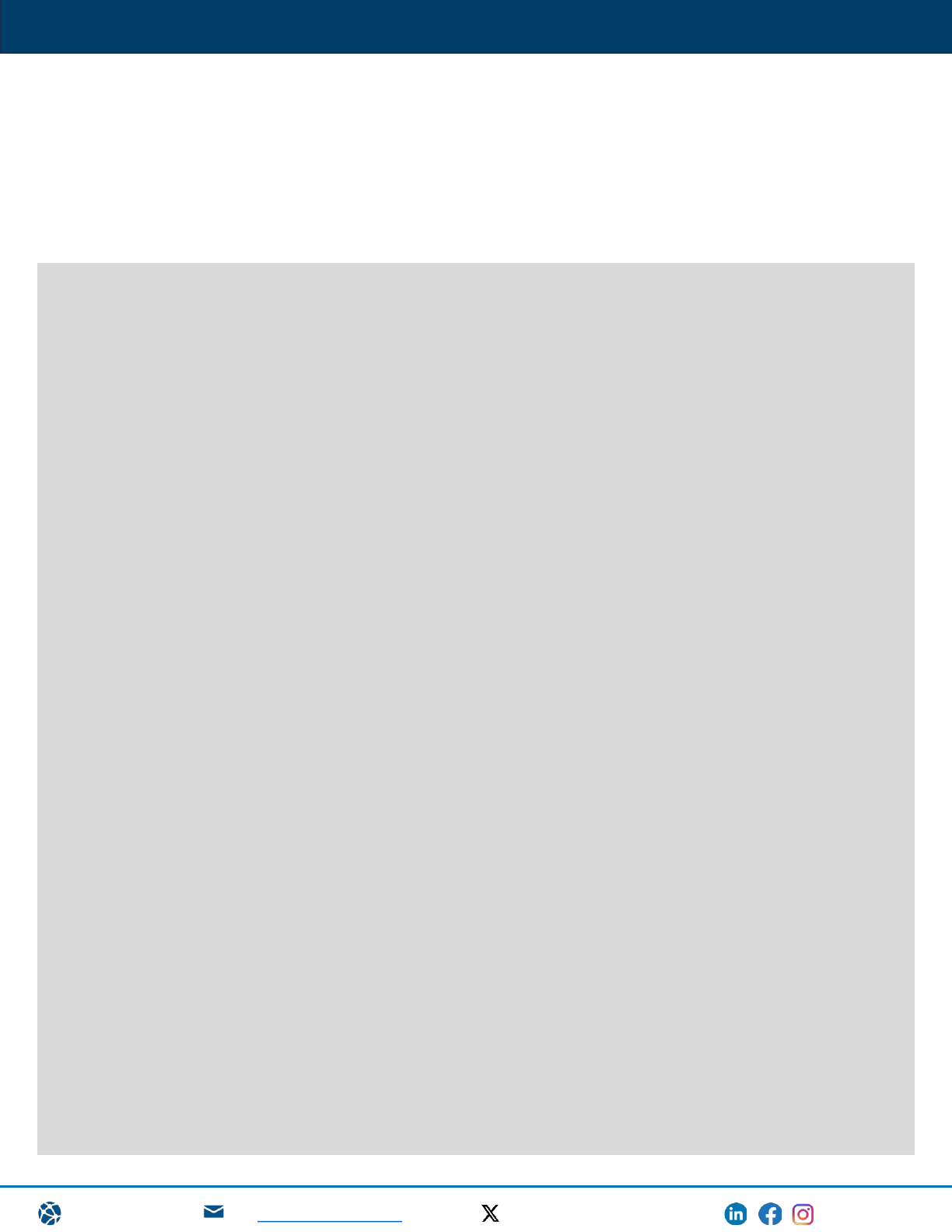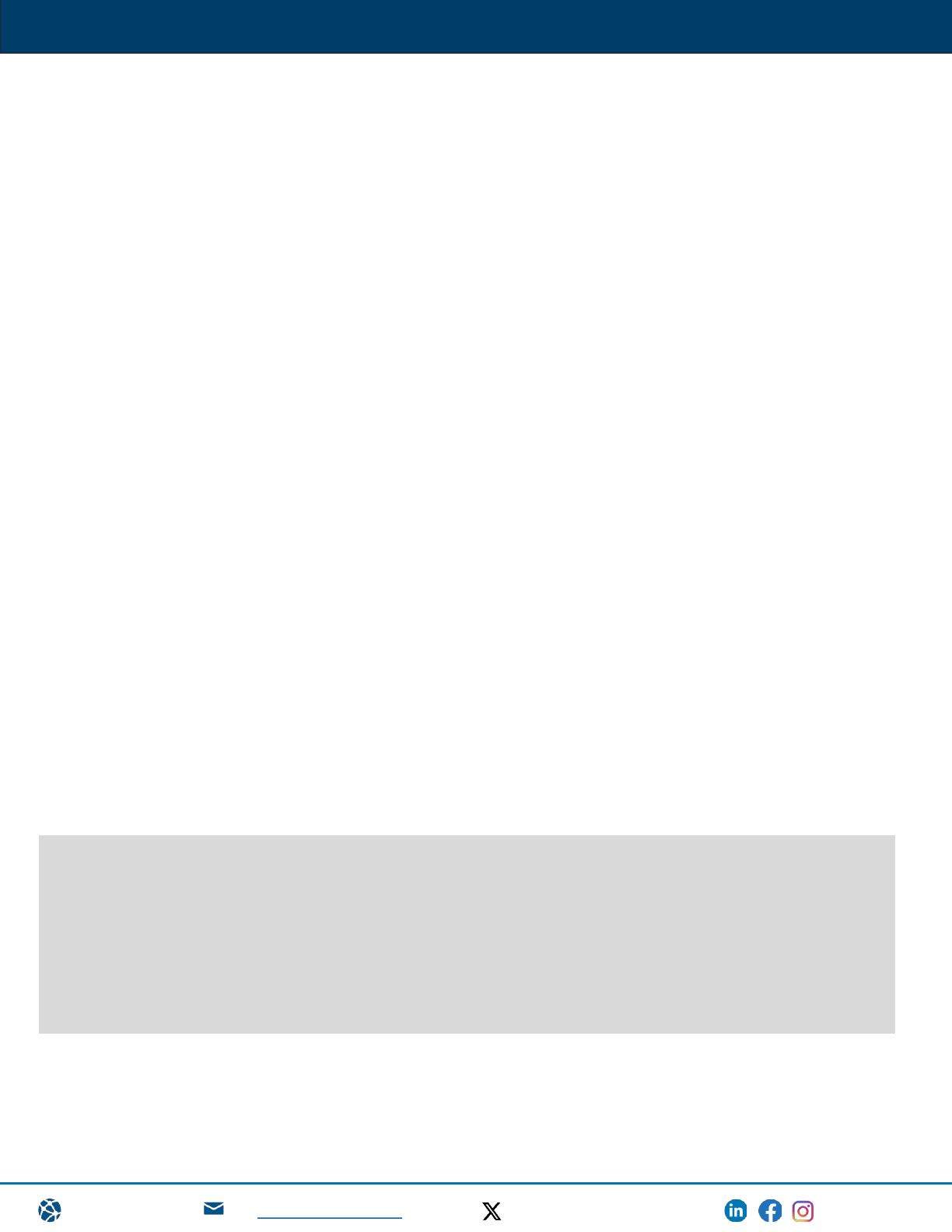
Government Emergency
Telecommunications Service
(GETS) Frequently Asked
Questions
WHAT IS THE GOVERNMENT EMERGENCY TELECOMMUNICATIONS SERVICE?
The Cybersecurity and Infrastructure Security Agency’s (CISA) Government Emergency Telecommunications
Service (GETS) provides personnel across all levels of government (federal, state, local, tribal, and territorial
[FSLTT]), the private sector and non-governmental organizations (NGOs) that have essential national security,
national economic security, and national public health or safety missions the ability to complete landline
telephone calls during periods of severe network congestion or disruption. GETS works through a series of
enhancements to the landline network, but also provides priority calling to cell phones on all nationwide and
several regional cellular networks. GETS subscribers receive a GETS card that provides GETS access phone
numbers, a Personal Identification Number (PIN), and dialing instructions
WHY IS GETS IMPORTANT TO ME?
Obstacles to communication take many forms. Extreme weather (such as hurricanes or
earthquakes), cyberattacks, terrorist attacks, incidents due to human error or equipment
failures, and mass gatherings can prevent access to the telephone network. GETS
facilitates important calls to get through and for vital information to be shared during
these types of scenarios.
WHEN DO I USE GETS?
GETS is used when the landline network is congested and the ability to complete a normal call is hindered. To
build muscle memory, GETS should also be routinely used in exercises or training scenarios.
HOW MUCH DOES GETS COST?
There is no charge to subscribers to enroll in or use GETS. GETS calls are currently
billed to CISA at a rate of 7 to 10 cents per minute (depending on the carrier and other
factors) for calls within the United States and its territories, Canada, and most of the
Caribbean. International calls are billed at commercial rates, though international
calling privileges are restricted to specific cards authorized by an organization's point
of contact (POC).
cisa.gov
central@cisa.dhs. gov
@CISAgov @CISACyber
@cisagov

Government Emergency Telecommunications Service (GETS) Frequently Asked Questions
WHERE CAN I USE GETS?
GETS is available worldwide; however, GETS is primarily intended for calling within the United States and its
territories. You can request international calling privileges for calls to international destinations. However,
GETS provides priority treatment only in the domestic segment of the call. Once a GETS call that originates
overseas reaches the United States it is routed to one of the three GETS interexchange (long distance)
carriers: AT&T, T-Mobile, or Verizon for PIN validation. The call is then routed to its intended domestic or
international destination.
WHO SHOULD HAVE GETS?
GETS is available to organizations across all levels of government (FSLTT), the private sector, and
NGOs that have essential national security, national economic security, and national public health or
safety missions. These organizations can be found within every one of CISA’s critical infrastructure
sectors. The personnel who perform essential functions across all levels in an organization– from
Chief Executive Officers to field technicians and operators – should have access to GETS.
Individuals who should be enrolled in GETS/Wireless Priority Service (WPS):
• Executive leadership (the “C-suite” of an organization)
• Media relations
• Emergency management personnel
• Continuity Planning/Continuity of Operations staff
• Department heads/managers and staff essential to continuity of operations
• Subject matter experts/trained specialists
• Continuity Planning/Continuity of Operations staff
• Front line personnel essential to carrying out organizational mission (all fire/rescue service and law
enforcement personnel, regardless of rank, should be enrolled in GETS/WPS as they are all
essential to their organization’s mission)
Organizations that should enroll in priority services:
• Government organizations and entities at federal, state/district, local (cities/counties), tribal, and
territorial levels
• All agencies and organizations included in emergency management plans
• Any organization within one of the 16 critical infrastructure sectors): Chemical, Commercial
Facilities, Communications, Critical Manufacturing, Dams, Defense Industrial Base, Emergency
Services, Energy, Financial Services, Food and Agriculture, Government Facilities Healthcare/ Public
Health, Information Technology, Nuclear Reactors, Materials, and Waste, Transportation Systems,
Water and Wastewater Systems).
• Non-Governmental or academic organizations with security, national economic security, national
public health, or safety mission
cisa.gov
central@cisa.dhs.gov
@CISAgov @CISACyber
@cisagov

TITLE
Government Emergency Telecommunications Service (GETS) Frequently Asked Questions
CAN I USE GETS TO MAKE INTERNATIONAL CALLS?
GETS can be used to place calls to or from international locations, but the call will only receive priority
while within the United States. Once a GETS call that originates overseas reaches the United States it is
routed to one of the three GETS interexchange (long distance) carriers: AT&T, T-Mobile, or Verizon for PIN
validation. The call is then routed to its intended domestic or international destination. GETS international
calling privileges are restricted to specific cards authorized by an organization's POC.
DO I NEED EXTRA HARDWARE OR SOFTWARE?
No. Special phones and/or equipment are not required to use GETS. You will only need the universal GETS
access number and a PIN, located on GETS card.
WILL GETS WORK ON MY CELL PHONE?
You can place a GETS call from a cell phone. However, the call will not receive priority treatment until it
reaches a landline network. GETS calls over cellular networks are most effective when used in conjunction
with WPS-- a companion service to GETS--that offers authorized users priority treatment on the cellular
networks. To receive priority treatment in cellular networks, you must separately subscribe to WPS.
HOW EFFECTIVE IS GETS IN ACTUAL EMERGENCIES?
GETS is designed to provide 90% call completion rates when call volume is eight times greater than normal
network capacity. In actual emergencies, GETS has consistently met or exceeded this call completion rate.
To use GETS, users must have a dial tone.
WHAT FEATURES AND ENHANCEMENTS DOES GETS PROVIDE?
GETS enables call completion even in damaged or congested networks by providing
numerous enhancements and key features:
• Toll-free numbers for direct carrier access
• Access control using PINs
• Failsafe access - if the access control system fails, GETS calls will automatically
be allowed to complete
• Enhanced routing to one of the three GETS interexchange (long distance) carriers
• Alternate carrier routing in the event one of the Interexchange carriers is
unavailable
• Priority treatment with call queuing; GETS calls may queue for up to 30 seconds
while waiting for resources to complete your call • Exemption from restrictive
network management controls during congestion
• International calling (when requested and authorized in advance)
• Interoperability with other networks
cisa.gov
cent ral@cisa.dhs.gov
@CISAgov @CISACyber
@cisagov

TITLE
Government Emergency Telecommunications Service (GETS) Frequently Asked Questions
HOW DOES GETS WORK?
GETS is accessed through a universal number (provided to subscribers on a GETS card) using common
telephone equipment (landline, cellular, fax, and satellite phones). A series of prompts direct the entry of the
GETS user’s PIN and destination phone number. Once authenticated, the call receives priority treatment on
the landline and cellular networks.
HOW DO I ANSWER AN INCOMING GETS CALL?
Answering an incoming GETS call on a landline or cell phone is the same as answering any other incoming
call; simply answer when the phone rings. There are no special indications that an incoming call is a GETS
call.
CAN I SET MY CELL PHONE TO DIAL GETS?
The Priority Telecommunications Services (PTS) Dialer App (available for free download from the Apple App
Store and Google Play) streamlines the GETS dialing process from smartphones by automatically using the
user’s PIN and GETS access number stored on the phone to place a call when a destination number is
selected from the App’s Contacts, Recents, Frequent Calls, or Keypad features. Methods also exist to program
cell phones to assist in dialing GETS calls. Contact 24 User Assistance at 1-800-818-4387 for information on
programing cell phones for GETS calling.
WHERE CAN I USE GETS?
GETS is available worldwide; however, GETS is primarily intended for calling within the United States and its
territories. You can request international calling privileges for calls to international destinations. However,
GETS provides priority treatment only in the domestic segment of the call. Once a GETS call that originates
overseas reaches the United States it is routed to one of the three GETS interexchange (long distance)
carriers: AT&T, T-Mobile, or Verizon for PIN validation. The call is then routed to its intended domestic or
international destination.
HOW DO I ENROLL IN GETS?
Each organization has a POC that manages their organization’s GETS accounts. If your organization
is already enrolled, contact your POC and request a GETS card. Your POC will enroll you and issue
your card. If your organization is not currently enrolled, begin the enrollment process by calling the
CISA Priority Telecommunications Service Center at 866-627-2255 or emailing ecd@cisa.dhs.gov.
cisa.gov
central@cisa.dhs. gov
@CISAgov @CISACyber
@cisagov
